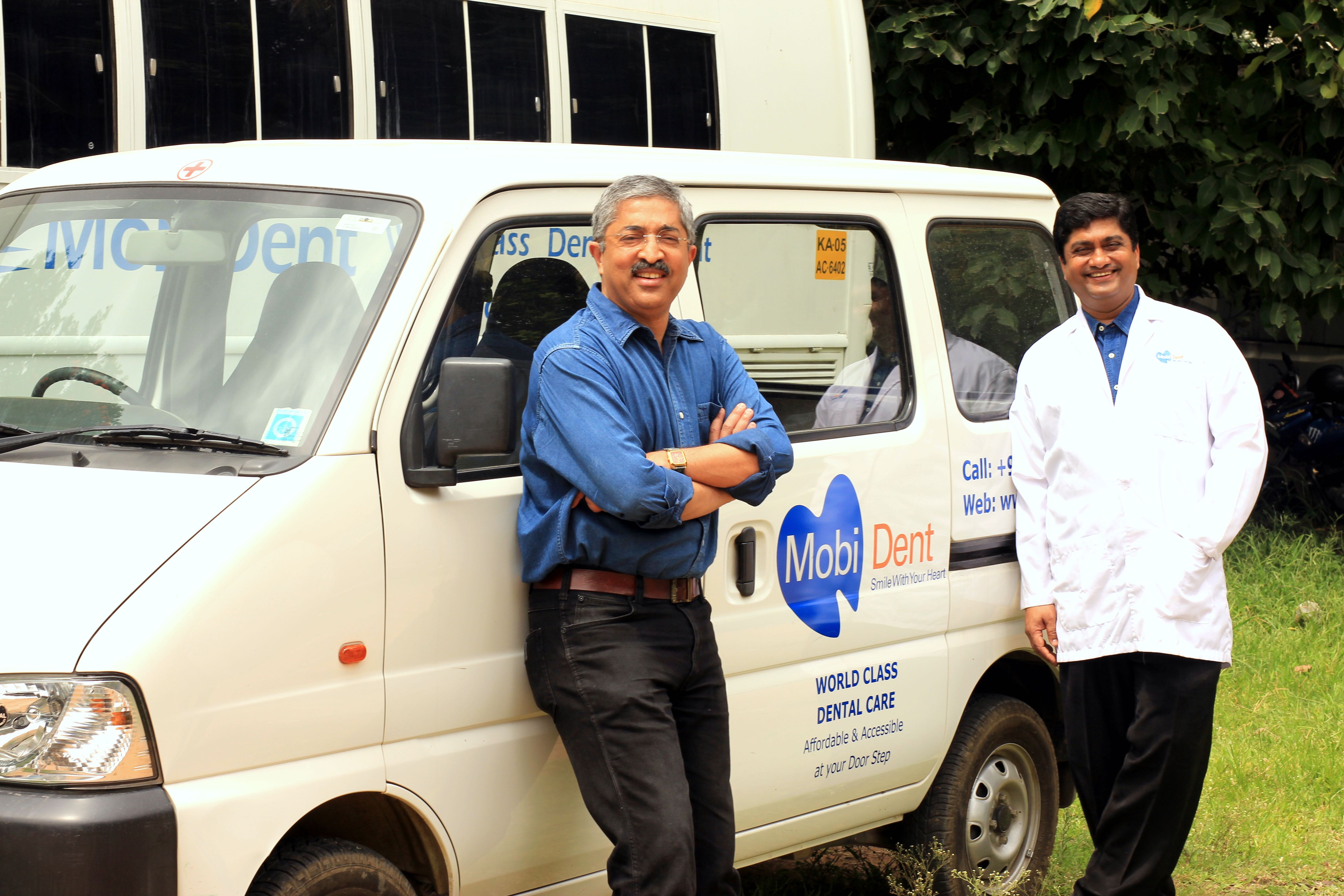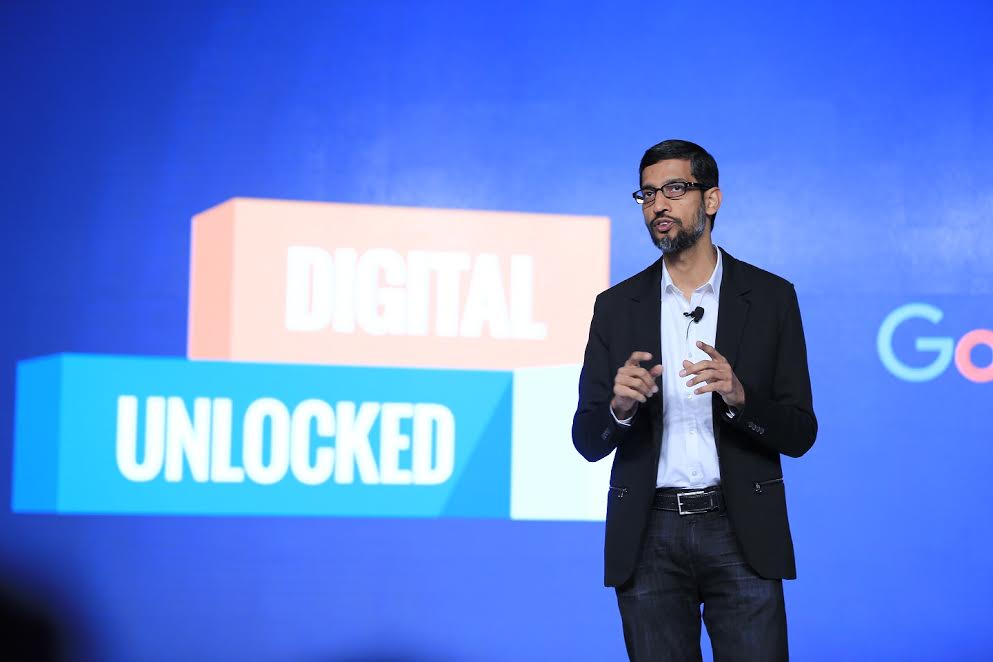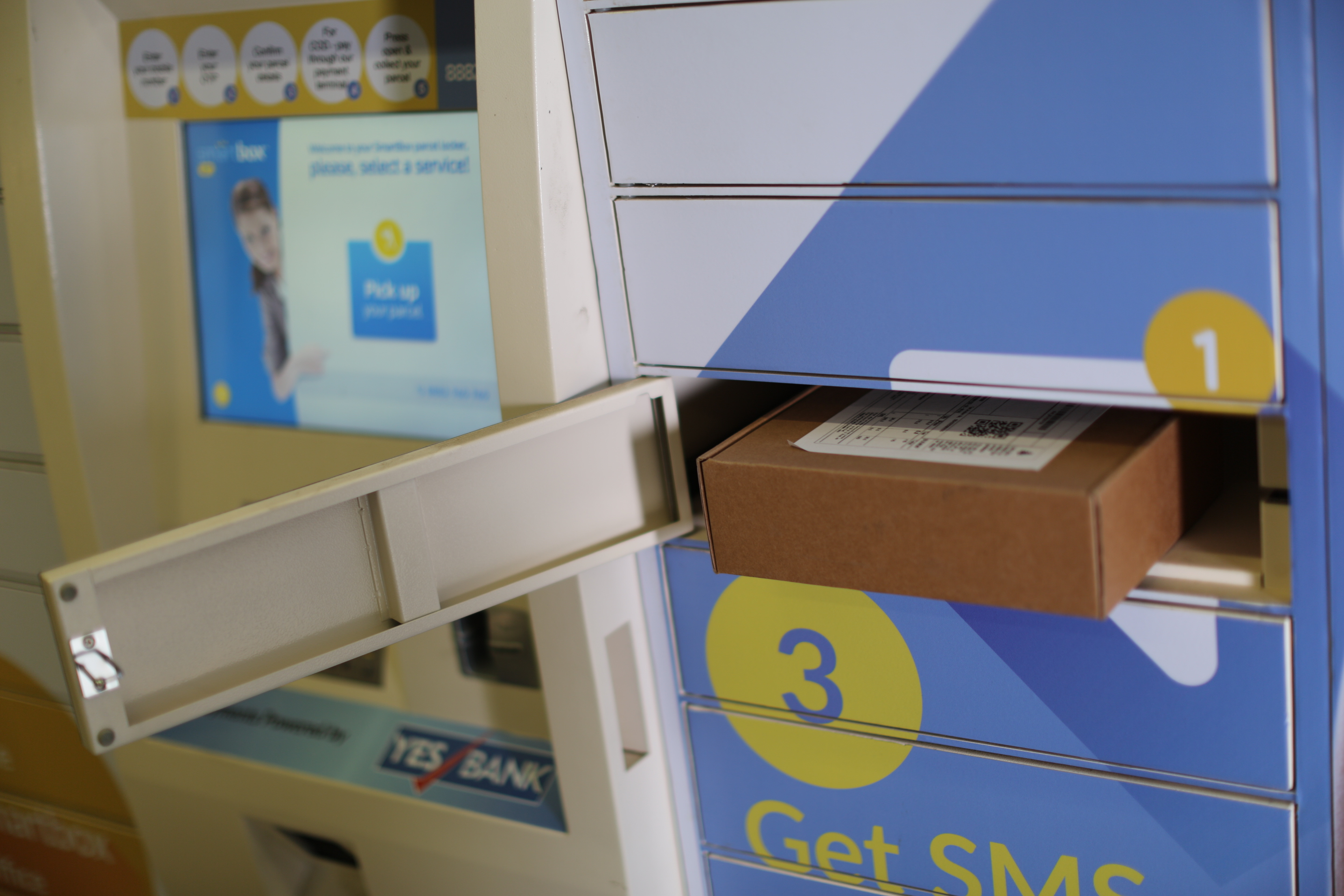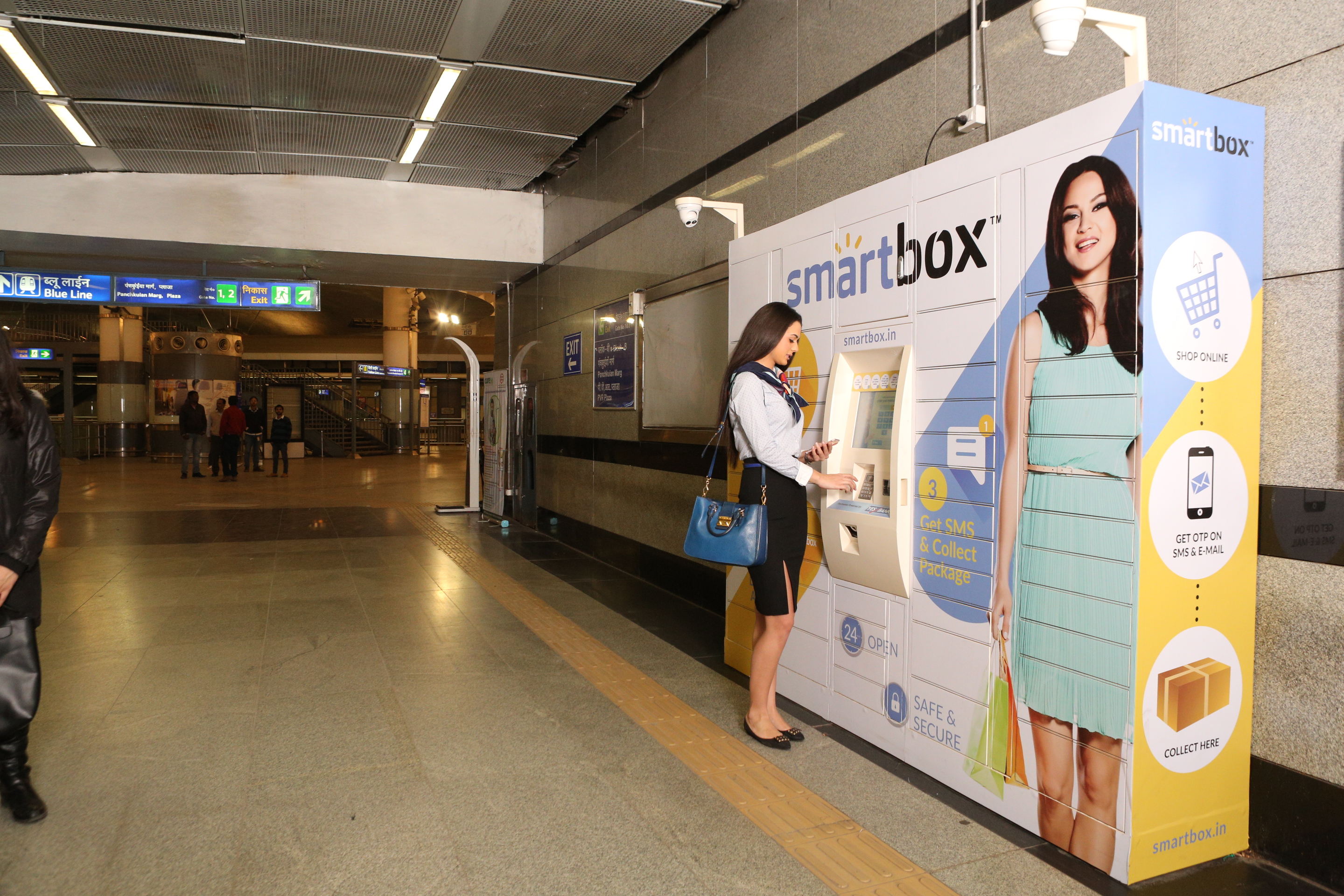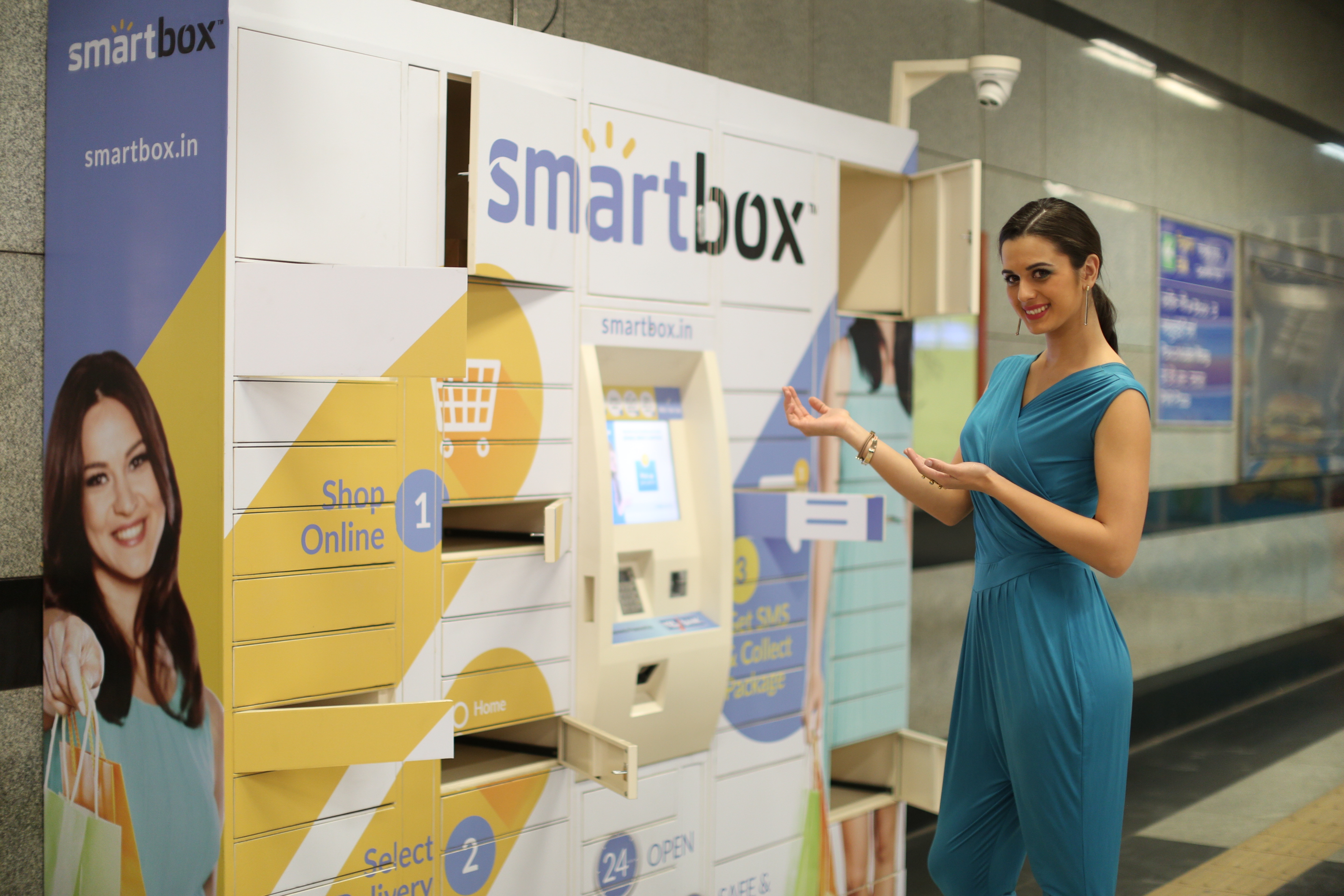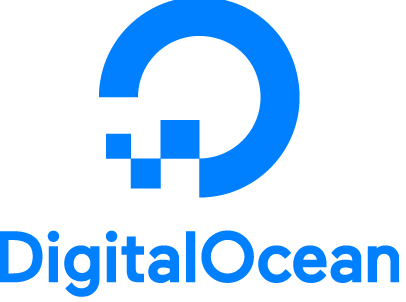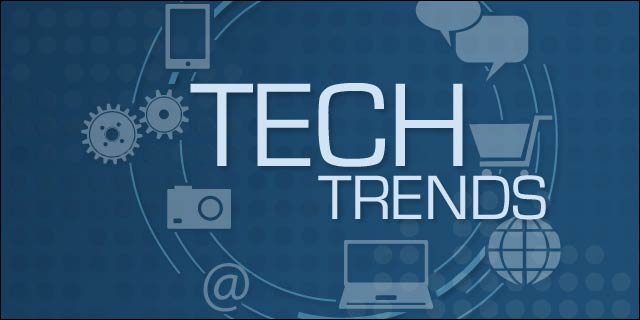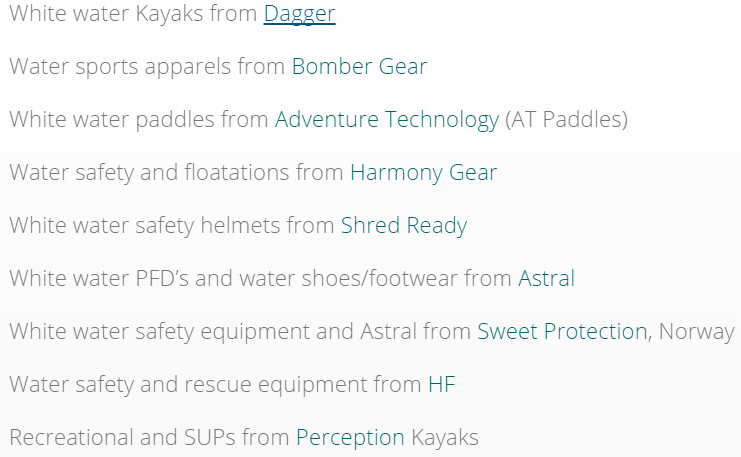IBM unveiled the annual IBM 5 in 5 [#ibm5in5], a list of ground-breaking scientific innovations with the potential to change the way people work, live, and interact during the next five years.

In 1609, Galileo invented the telescope and saw our cosmos in an entirely new way. He proved the theory that Earth and other planets in our solar system revolve around the Sun, which until then was impossible to observe. IBM Research continues this work through the pursuit of new scientific instruments-whether physical devices or advanced software tools-designed to make what’s invisible in our world visible, from the macroscopic level down to the nano-scale.
Dario Gil, vice president of science & solutions at IBM Research said
The scientific community has a wonderful tradition of creating instruments to help us see the world in entirely new ways. For example, the microscope helped us see objects too small for the naked eye and the thermometer helped us understand temperature of the Earth and human body. With advances in artificial intelligence and nanotechnology, we aim to invent a new generation of scientific instruments that will make the complex invisible systems in our world today visible over the next five years.
The IBM 5 in 5 is based on market and societal trends as well as emerging technologies from IBM’s Research labs around the world that can make these transformations possible. Here are the five scientific instruments that will make the invisible visible in the next 5 years:
PS – We in the article refers to IBM Research
With AI, our words will open a window into our mental health
Brain disorders, including developmental, psychiatric and neuro degenerative diseases, represent an enormous disease burden, in terms of human suffering and economic cost. For example, today, one in five adults in the U.S. experiences a mental health condition such as depression, bipolar disease or schizophrenia, and roughly half of individuals with severe psychiatric disorders receive no treatment. The global cost of mental health conditions is projected to surge to US$ 6.0 trillion by 2030.
If the brain is a black box that we don’t fully understand, then speech is a key to unlock it. In five years, what we say and write will be used as indicators of our mental health and physical well being. Patterns in our speech and writing analyzed by new cognitive systems will provide tell-tale signs of early-stage developmental disorders, mental illness and degenerative neurological diseases that can help doctors and patients better predict, monitor and track these conditions.
At IBM, scientists are using transcripts and audio inputs from psychiatric interviews, coupled with machine learning techniques, to find patterns in speech to help clinicians accurately predict and monitor psychosis, schizophrenia, mania and depression. Today, it only takes about 300 words to help clinicians predict the probability of psychosis in a user.
In the future, similar techniques could be used to help patients with Parkinson’s, Alzheimer’s, Huntington’s disease, PTSD and even neurodevelopmental conditions such as autism and ADHD. Cognitive computers can analyze a patient’s speech or written words to look for tell-tale indicators found in language, including meaning, syntax and intonation. Combining the results of these measurements with those from wearable devices and imaging systems and collected in a secure network can paint a more complete picture of the individual for health professionals to better identify, understand and treat the underlying disease.
What were once invisible signs will become clear signals of patients’ likelihood of entering a certain mental state or how well their treatment plan is working, complementing regular clinical visits with daily assessments from the comfort of their homes.
Hyperimaging and AI will give us superhero vision
More than 99.9 percent of the electromagnetic spectrum cannot be observed by the naked eye. Over the last 100 years, scientists have built instruments that can emit and sense energy at different wavelengths. Today, we rely on some of these to take medical images of our body, see the cavity inside our tooth, check our bags at the airport, or land a plane in fog. However, these instruments are incredibly specialized and expensive and only see across specific portions of the electromagnetic spectrum.
In five years, new imaging devices using hyper-imaging technology and AI will help us see broadly beyond the domain of visible light by combining multiple bands of the electromagnetic spectrum to reveal valuable insights or potential dangers that would otherwise be unknown or hidden from view. Most importantly, these devices will be portable, affordable and accessible, so superhero vision can be part of our everyday experiences.
A view of the invisible or vaguely visible physical phenomena all around us could help make road and traffic conditions clearer for drivers and self-driving cars. For example, using millimeter wave imaging, a camera and other sensors, hyper-imaging technology could help a car see through fog or rain, detect hazardous and hard-to-see road conditions such as black ice, or tell us if there is some object up ahead and its distance and size. Cognitive computing technologies will reason about this data and recognize what might be a tipped over garbage can versus a deer crossing the road, or a pot hole that could result in a flat tire.
Embedded in our phones, these same technologies could take images of our food to show its nutritional value or whether it’s safe to eat. A hyper-image of a pharmaceutical drug or a bank check could tell us what’s fraudulent and what’s not. What was once beyond human perception will come into view.
IBM scientists are today building a compact hyper-imaging platform that “sees” across separate portions of the electromagnetic spectrum in one platform to potentially enable a host of practical and affordable devices and applications.



